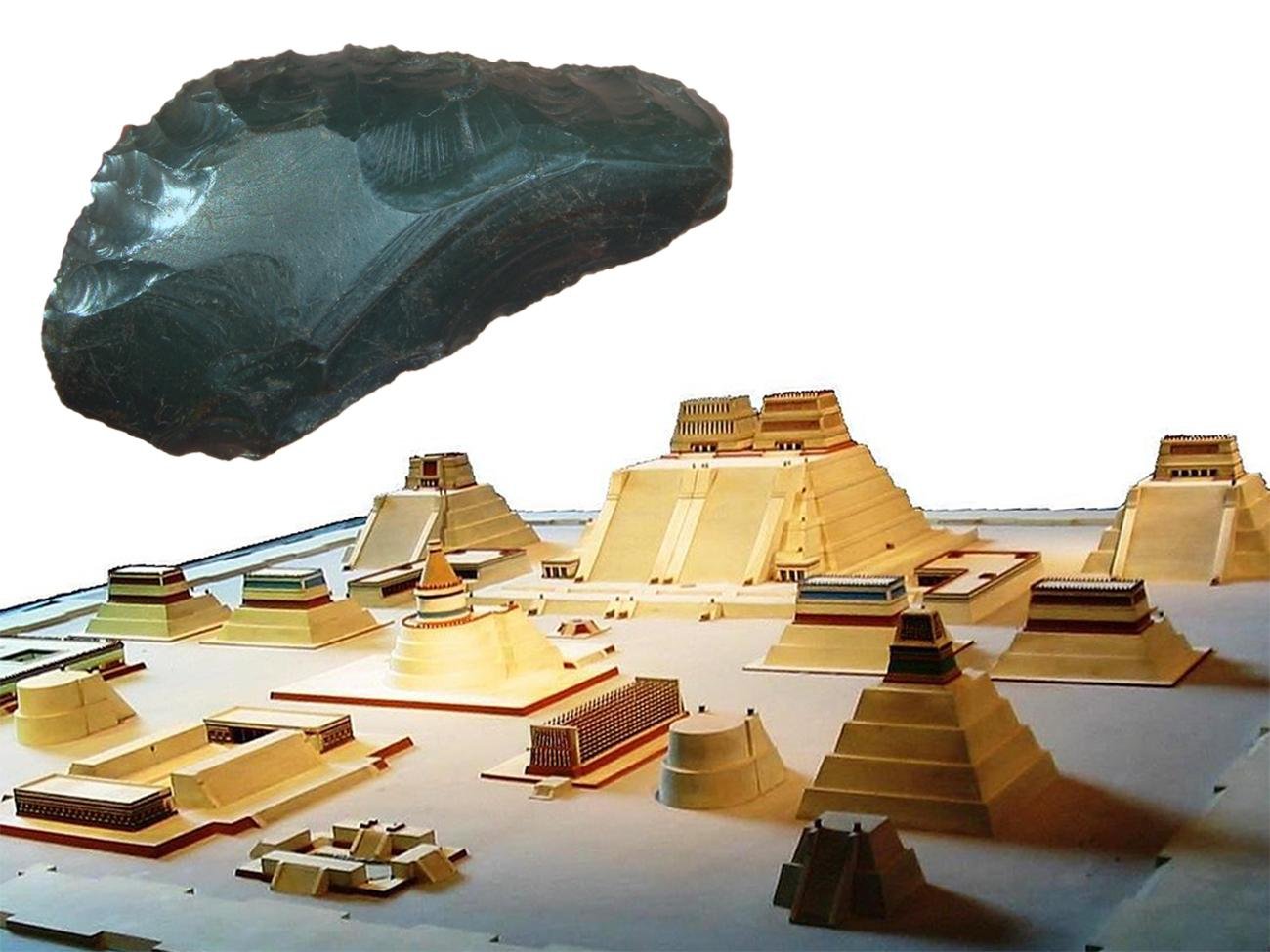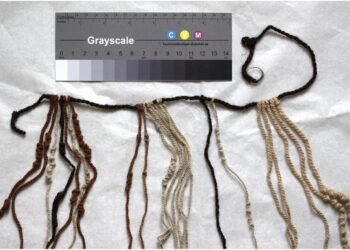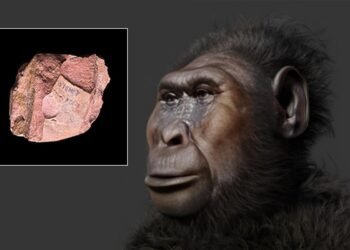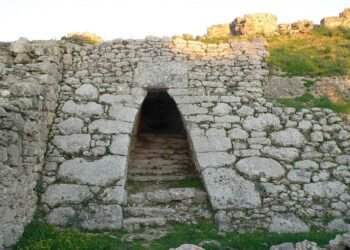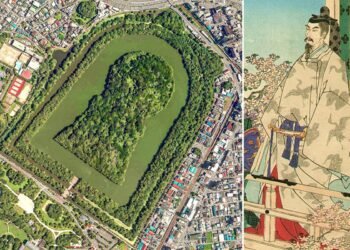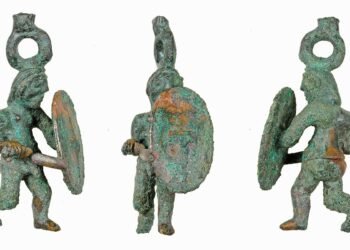A massive stone serpent head from the Aztec Empire, estimated to be over 500 years old, resurfaced beneath Mexico City after a powerful earthquake struck the region in September 2022. The 7.6-magnitude quake caused significant damage and altered the local topography, ultimately leading to this remarkable discovery.

The serpent head was found approximately 15 feet beneath the foundations of a law school building at the National Autonomous University of Mexico (UNAM). Its discovery was a collaborative effort involving the National Institute of Anthropology and History (INAH), UNAM, and other experts. Weighing about 1.2 metric tons (around 2,645 pounds), the sculpture measures 1.8 meters (5.9 feet) in length, 1 meter (3.3 feet) in height, and 85 centimeters (33.5 inches) in width.
The sculpture’s exceptional condition after centuries underground is a testament to its durability. Traces of vivid pigments—red, blue, black, white, and ocher—still adorn roughly 80% of its surface. Its preservation is attributed to a protective layer of mud that shielded the painted exterior. These delicate pigments, derived from mineral and plant sources, are highly susceptible to environmental degradation.
A dedicated team of experts, led by renowned conservationist María Barajas Rocha, is working meticulously to preserve the sculpture’s vibrant colors. Rocha explained that the primary objective is to gradually remove the moisture the stone absorbed over the centuries, ensuring the colors remain intact and the structure is not damaged.
To support this effort, a humidity-controlled chamber has been established in collaboration with UNAM. The sculpture will remain in this controlled environment until early 2024. The chamber allows for the slow release of trapped moisture, reducing the risk of color fading, cracking, or salt crystallization.
The Mexica, commonly known as the Aztecs, were a major Mesoamerican civilization that flourished in central Mexico between the 14th and 16th centuries. Their capital, Tenochtitlan—located where present-day Mexico City stands—was a center of artistic and cultural activity. Numerous serpent sculptures are believed to have once adorned Aztec temples.
The serpent deity, most famously represented by Quetzalcoatl, played a central role in Aztec mythology and was associated with knowledge, creation, wind, and fertility.
Archaeologists Patricia Ledesma and Salvador Pulido have urged the public and media to be patient and respectful during the artifact’s stabilization and conservation process. Meanwhile, UNAM’s National Science Laboratory is conducting a detailed analysis of the carving’s materials, and archaeologist Moramay Estrada Vázquez, the rescue project coordinator at the former School of Jurisprudence, is investigating the sculpture’s historical context, iconography, and symbolism.

